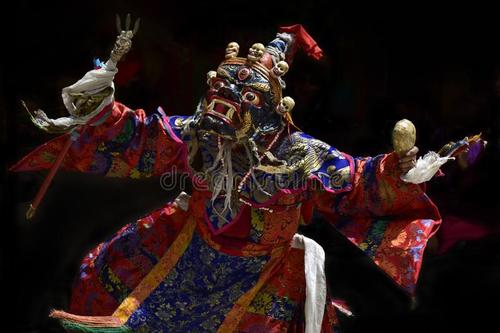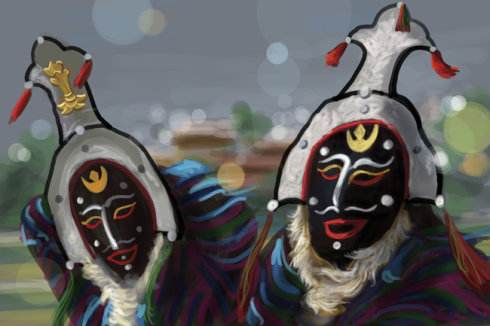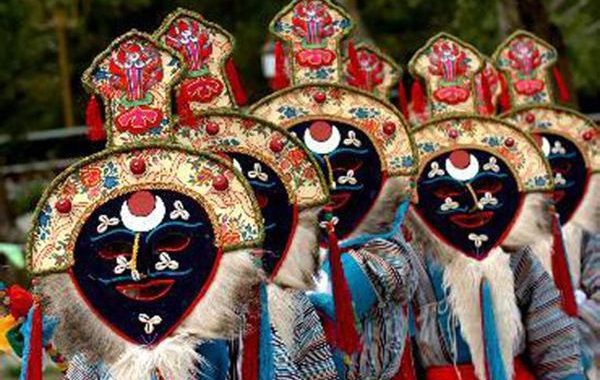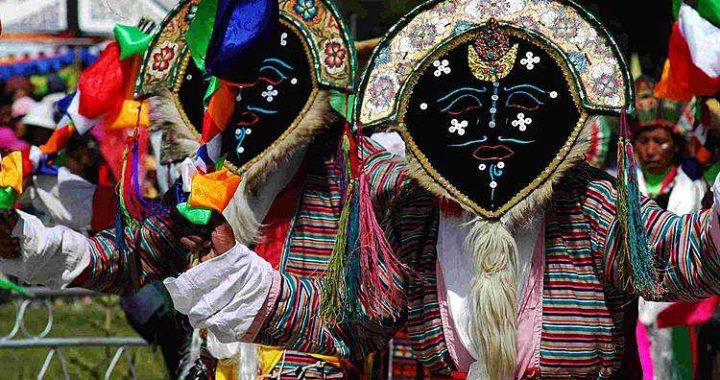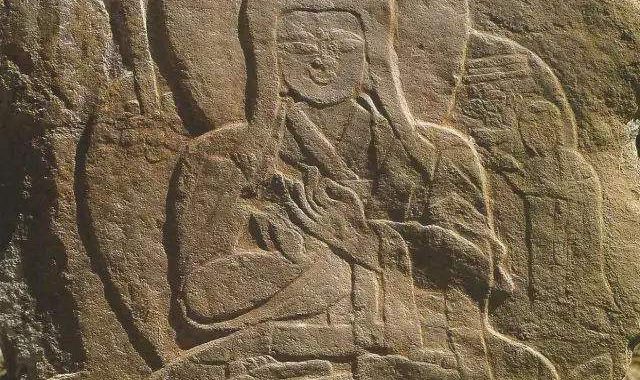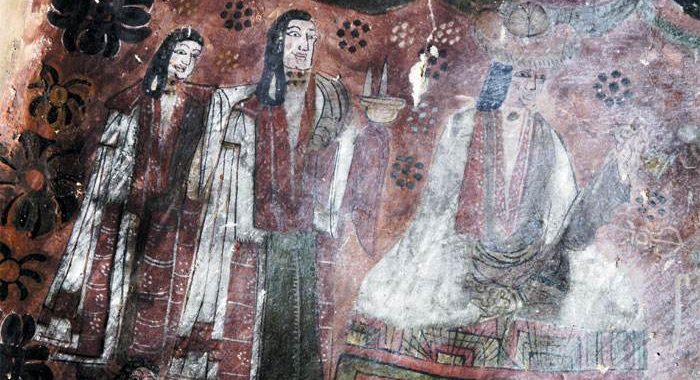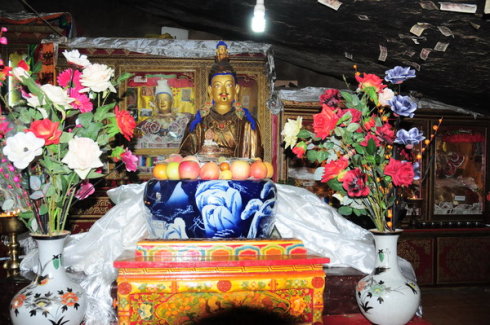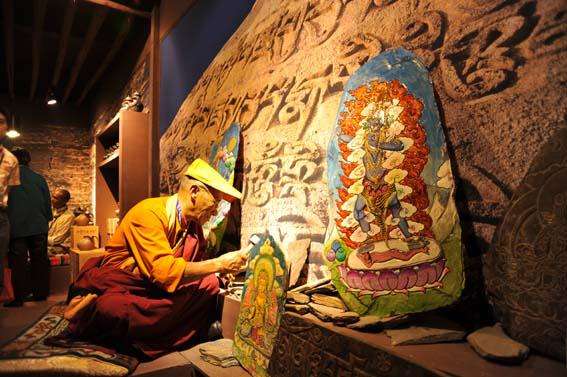“Nang-ma”singing and dancing
2 min read“Nang-ma”originated from Ngari prefecture and then spread to Tsang and U-Tsang, especially flourishing in the period of the 5th Dalai Lama.
The singing part of “Nang-ma”is normally solo, with or without dancing. The dancing part can be done without singing. It normally has a fixed prelude and epilogue and consists of adagio and allegro. Developed on the basis of absorbing “Sgor-gzhas”and “Stod-gzhas”and other traditional Tibetan songs and dances, it has a complete structure and beautiful melody. In order to represent the characteristics of different songs and dances,”Nang-ma”has a symbolic prelude and epilogue.

The performance of”Nang-ma”
“Stod-gzhas”singing and dancing
“Stod-gzhas,”originated from the “Stod”area of Tibet, adopting styles of this region, is thus named “Stod-gzhas.”It is characterized by the use of Zhanian zither. In the “Stod”region, there were two different schools of “Stod-gzhas”in the south and the north. The southern school was Dingri “Stod-gzhas”called “Blo-Gzhas”while the northern school was Lhatse”Stod-gzhas.””Stod-gzhas”performances are breezy, lively, enthusiastic and flexible, the beat matched with the feet, recreational to both the performers and the audience as well. The folk performance has no formal stage and is normally performed on a plank of wood placed on the ground. When the performer stomp their feet, there is a rhythmic sound “takh-takh”It is divided into “Falling Gzhas”(adagio) and “Jue Gzhas(allegro).””Stod-gzhas”has no fixed time or venue, is normally performed at festivals and leisure time after work. There is also no limit on the number of performers.
The most popular in Tibet, however, is Lhasa “Stod-gzhas,”which evolved from Lhatse”Stod-gzhas.”Lhasa artists recomposed the original symbolic prelude, interlude and epilogue, making it more gentle and light.
